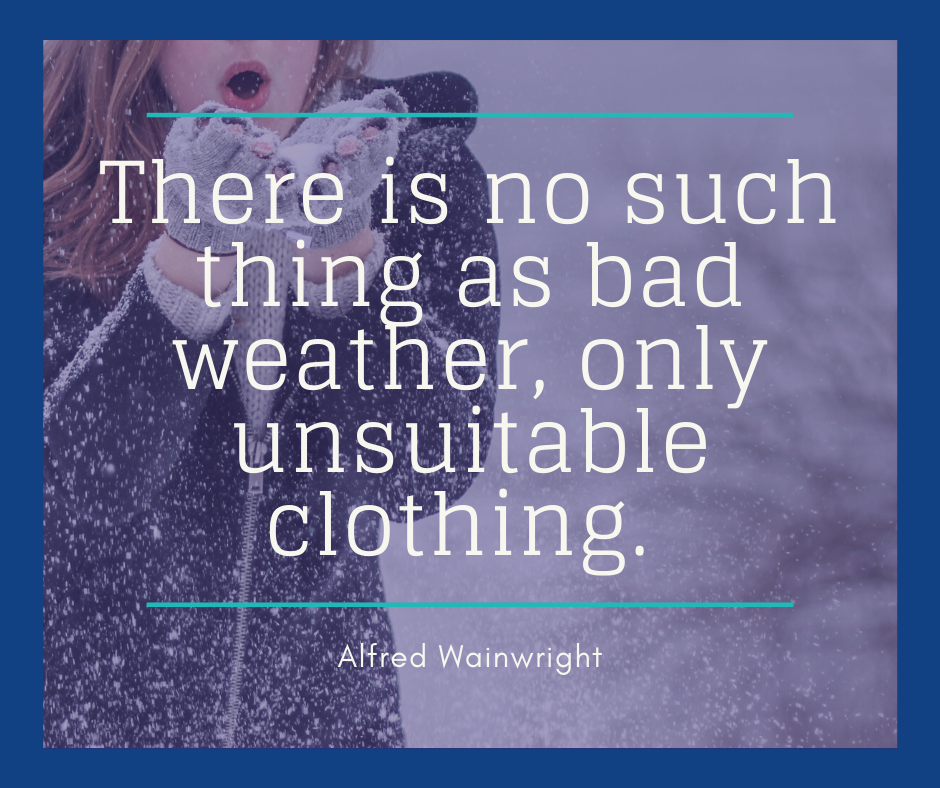 Au Pair in America is discouraging international travel during the pandemic for multiple reasons. Here are some resources to help you understand the process and risks, so you can make an informed decision.
Au Pair in America is discouraging international travel during the pandemic for multiple reasons. Here are some resources to help you understand the process and risks, so you can make an informed decision.
10 Things to Know Before You Go
- Read APIA Travel Advisory due to COVID-19
- If an au pair decides to travel outside of the U.S., she and her host family need to understand and accept the possible risks.
- The following au pairs should NOT travel outside of the U.S.:
- Au pairs who arrived on National Interest Exception (NIE) visas. (Those are single entry visas.)
- Au pairs in their travel month
- Au pairs on a special 6 month extension
- As you make your travel plans, please review the appropriate checklist(s) from APIA:
- Au pairs must mail their original DS-2019 along with a Travel Validation Request Form to APIA, at least 3-4 weeks prior to international travel.
- Year 1 au pairs should plan international travel to return to the U.S. prior to the date their visa says it expires. This can be different from your actual program end date.
- Au pairs must find out if they will need a visa to visit another country. This can be different for au pairs than for host parents. You must check with the consulate of the country you are planning to visit, find more information HERE.
- The CDC requires a negative PCR test to fly into the U.S. Investigate where you can get this test and how much it will cost before you travel.
- When you return to the U.S. you should follow CDC and local guidelines regarding quarantine and testing.
- There is always some risk with traveling outside the US, as re-entry is at the discretion of the port of entry agent. Au Pair in America is not responsible for additional costs or travel arrangements should a delay in returning to the US occur.
Photo: Porapak Apichodilok from Pexels

 Due to COVID-19, Au Pair in America has temporarily given approval for online/virtual classes, with a few conditions. Au pairs must still produce certificates or other acceptable documentation confirming the completion of the class. Classes must be offered by an accredited U.S. college, university or other post-secondary school and completed by 9/30/21. As of right now, the expectation is that after September, au pairs will resume in-person classes. This is always subject to change, depending on COVID numbers and whether local schools are offering in-person classes. If you have any concerns about in person classes, please contact Christine or Lisa.
Due to COVID-19, Au Pair in America has temporarily given approval for online/virtual classes, with a few conditions. Au pairs must still produce certificates or other acceptable documentation confirming the completion of the class. Classes must be offered by an accredited U.S. college, university or other post-secondary school and completed by 9/30/21. As of right now, the expectation is that after September, au pairs will resume in-person classes. This is always subject to change, depending on COVID numbers and whether local schools are offering in-person classes. If you have any concerns about in person classes, please contact Christine or Lisa.